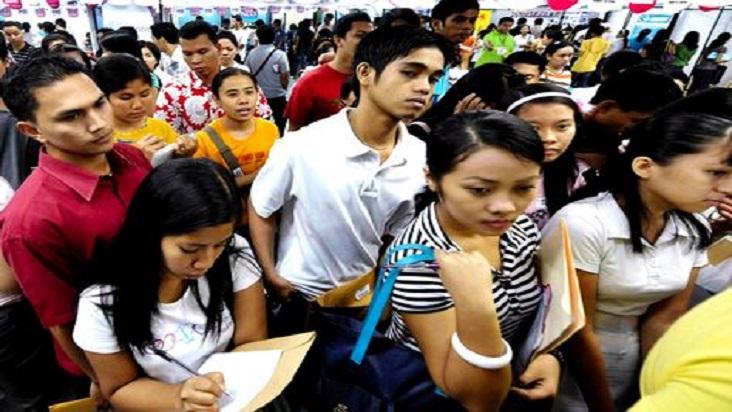Officials in the Philippines, one of Asia’s fastest growing economies, are planning a series of economic stimulus measures in 2018 to ease poverty and compensate for a lag in foreign investment.
Manila is building $169 billion in infrastructure, such as railways and an airport terminal, while toying with legal changes that would let foreigners own larger shares of localized businesses, VoA reported.
In another major step, President Rodrigo Duterte signed into law this month the Tax Reform for Acceleration and Inclusion act. Tax revenue would pay for infrastructure and social services.
The idea is to create jobs and bring in foreign investment. Those outcomes would help sustain economic growth while giving the government funds to ease poverty that afflicts about a quarter of the population of 102 million.
The World Bank forecasts 6.7% growth in the Philippine economy this year followed by 6.8% in 2018 and 2019. Much of the growth comes from overseas remittances, a boom in call-center jobs and consumption.
A cornerstone of Duterte’s economic policies is the “Build, Build, Build” program to replace decayed infrastructure through 2022 by adding the likes of railways and expressways.
Officials hope new infrastructure will entice foreign factory investment that’s now deterred in part by transportation delays. Foreign investment makes up less than 3% of the economy now, lagging Asian peers such as South Korea, Taiwan and Vietnam.
The tax law signed by Duterte on December 19 is expected to generate $1.8 billion in revenues in its first year. It exempts tax payments for people earning less than the equivalent of $5,005 per year while shifting payment burdens to wealthier people and vehicle owners.
The government is also eyeing monetary policy changes to keep inflation in check, economists believe.
The government aims to cut poverty from 26% to 17% by 2020, according to the ministry of finance. But snags in the proposed economic measures could limit the jobs or funding needed to reach that goal, some fear.
Timelines for new infrastructure, which is paid in part by foreign aid, is catching attention now given the country’s budget deficit, Jonathan Ravelas, chief market strategist with Banco de Oro UniBank in Metro Manila, said.
Infrastructure spending has grown from 5% of GDP in 2016 to about 7.45% now because of the surge in infrastructure construction.
But that program contributed to a 234.9 billion peso ($4.7 billion) budget deficit in the first 10 months of this year, 9% more than in the same period of 2016.


